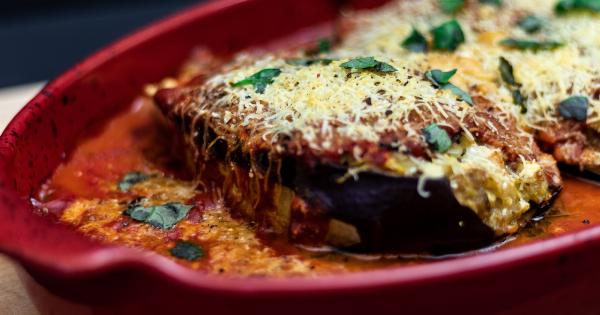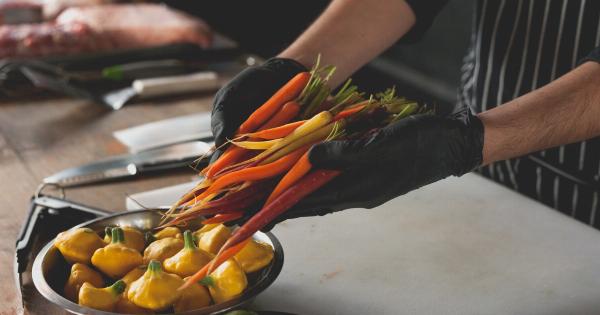Thanksgiving is almost here and you want to make sure your turkey is thawed and ready to cook. Thawing a turkey can take time and patience, but it is an important step in ensuring that your turkey is cooked evenly throughout and safe to eat.
Here are some tips on how to thaw your turkey the right way:.
1. Plan ahead
Thawing a turkey takes time, so it is important to plan ahead. A good rule of thumb is to allow one day of thawing time for every four pounds of turkey.
If you have a 20-pound turkey, you will need to start thawing it five days before you plan on cooking it. Make sure to take the size of your turkey into consideration when planning your menu and timeline.
2. Keep the turkey in its original packaging
When you buy a turkey, it will typically come in a plastic packaging that is designed to keep it fresh. Keep the turkey in this packaging while you thaw it.
This will prevent any bacteria or juices from leaking onto other surfaces in your kitchen, which could cause contamination.
3. Thaw the turkey in the refrigerator
The best way to thaw a turkey is to do so in the refrigerator. This will ensure that the turkey stays at a safe temperature (below 40°F) while it thaws. Make sure to clear out a space in your refrigerator for the turkey.
Place the turkey on a large tray or baking sheet to catch any juices that may leak out as it thaws. Keep the turkey in its original packaging while it thaws.
4. Allow enough time for the turkey to thaw
As mentioned earlier, you will need to allow one day of thawing time for every four pounds of turkey. Make sure to factor in this time when planning your Thanksgiving menu and timeline.
If you are running short on time, you can submerge the turkey in cold water to speed up the process (see next step).
5. Submerge the turkey in cold water (if necessary)
If you do not have enough time to thaw the turkey in the refrigerator, you can submerge it in cold water. Fill a large bucket or clean sink with cold water. Place the turkey (still in its packaging) in the water.
Make sure that the turkey is completely submerged in the water, and change the water every 30 minutes to keep it cold. It should take about 30 minutes of thawing time per pound of turkey using this method.
6. Do not thaw the turkey on the counter
Thawing a turkey on the counter or at room temperature is not recommended. This can cause the turkey to reach a temperature above 40°F, which can allow harmful bacteria to grow.
Always thaw your turkey in the refrigerator or in cold water to ensure that it stays at a safe temperature.
7. Cook the turkey immediately after thawing
Once your turkey has thawed, it is important to cook it immediately. Do not let the turkey sit at room temperature or in the fridge for an extended amount of time before cooking. This can allow bacteria to grow and cause food poisoning.
Immediately cook the turkey according to your chosen recipe to ensure that it is safe to eat.
8. Check the temperature
When cooking your turkey, make sure to check the internal temperature using a meat thermometer. The turkey should reach an internal temperature of 165°F before it is safe to eat.
Check the temperature in the thickest part of the turkey, such as the thigh or breast, to ensure that it has been cooked evenly throughout.
9. Don’t forget about leftovers
If you have leftover turkey, make sure to store it properly in the fridge or freezer. Leftovers should be eaten within three to four days or frozen for later use. To reheat, make sure to heat the turkey to an internal temperature of 165°F before eating.
10. Safety first
When handling raw turkey, it is important to follow proper safety measures to prevent contamination. Wash your hands before and after handling the turkey, and make sure to clean any surfaces that come into contact with the raw turkey.
Always cook the turkey to an internal temperature of 165°F to ensure that it is safe to eat.




























